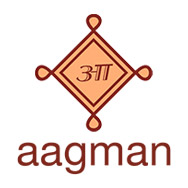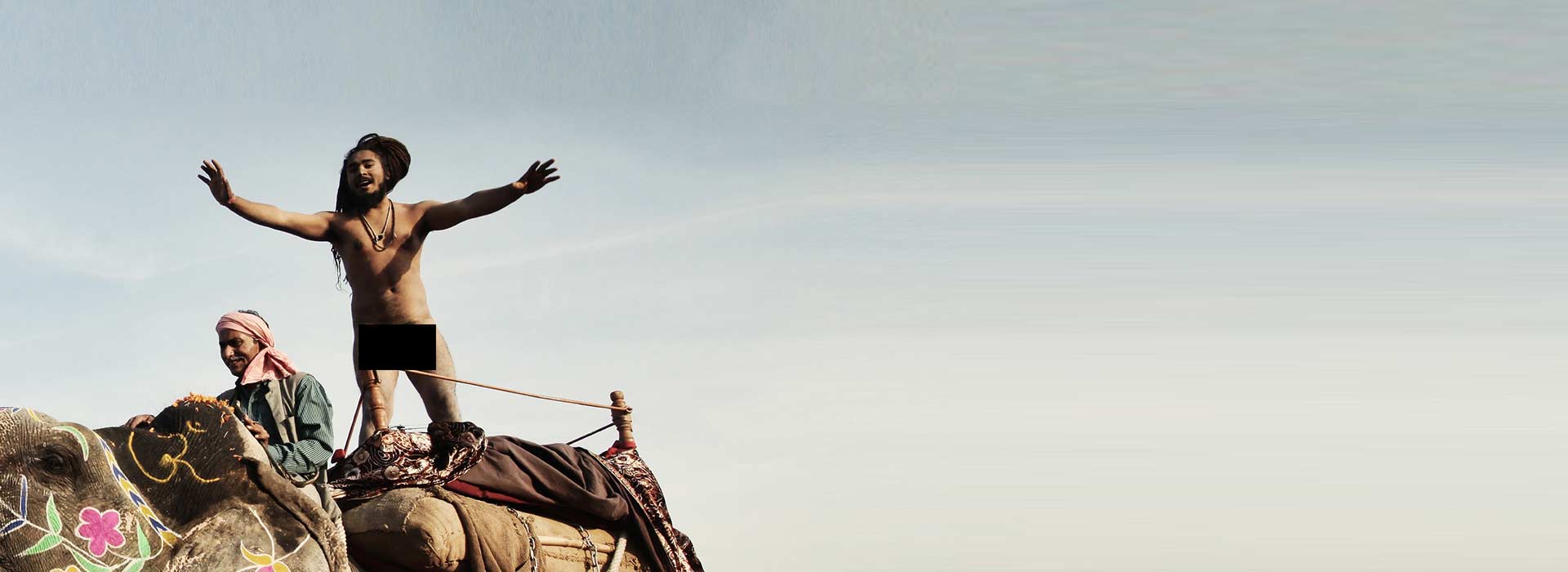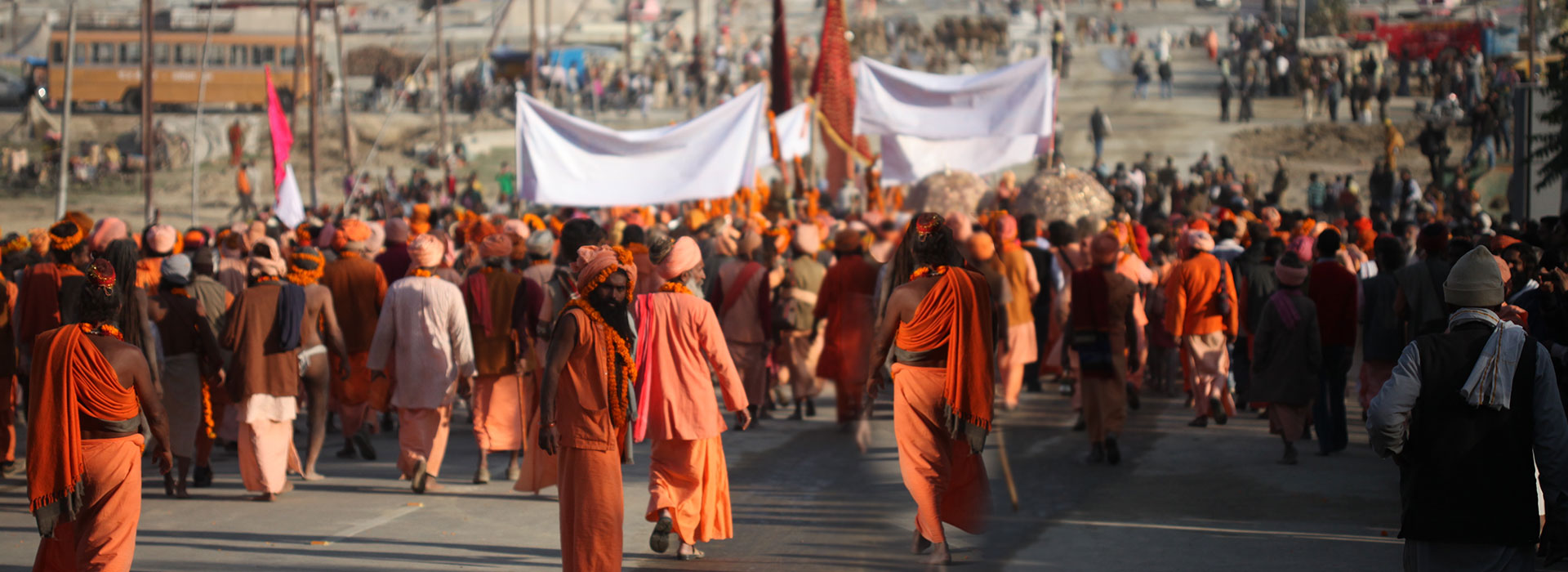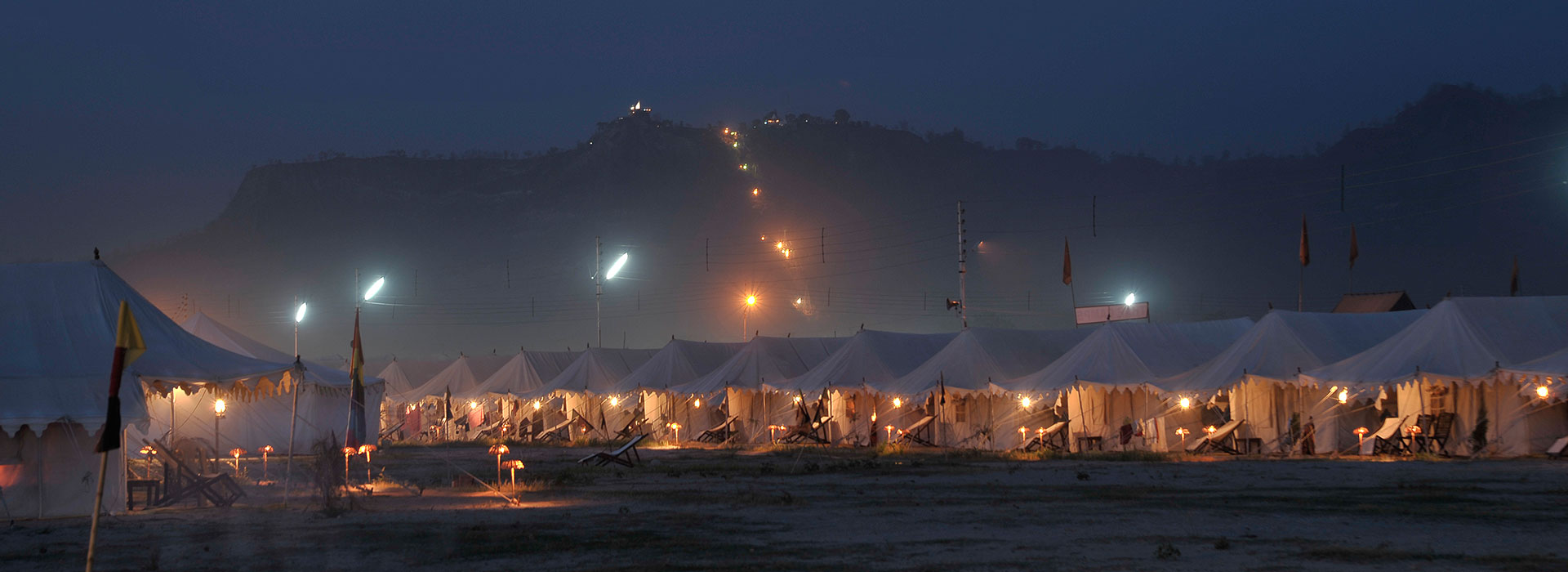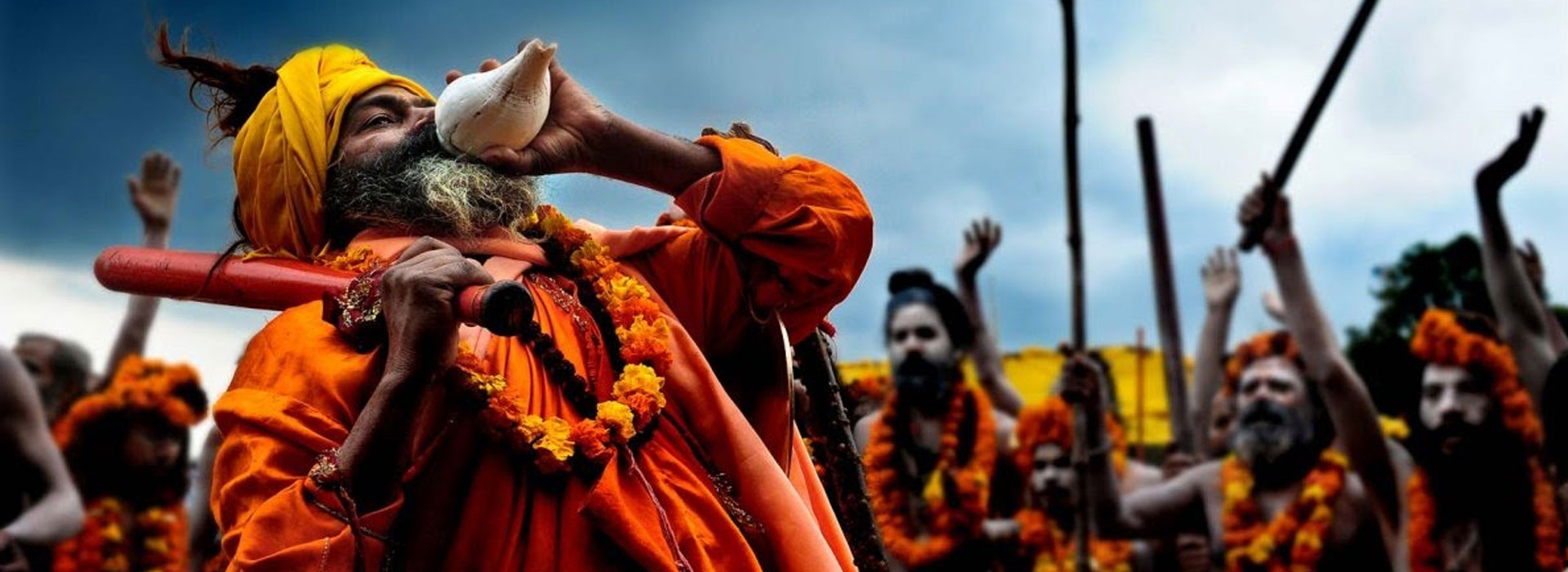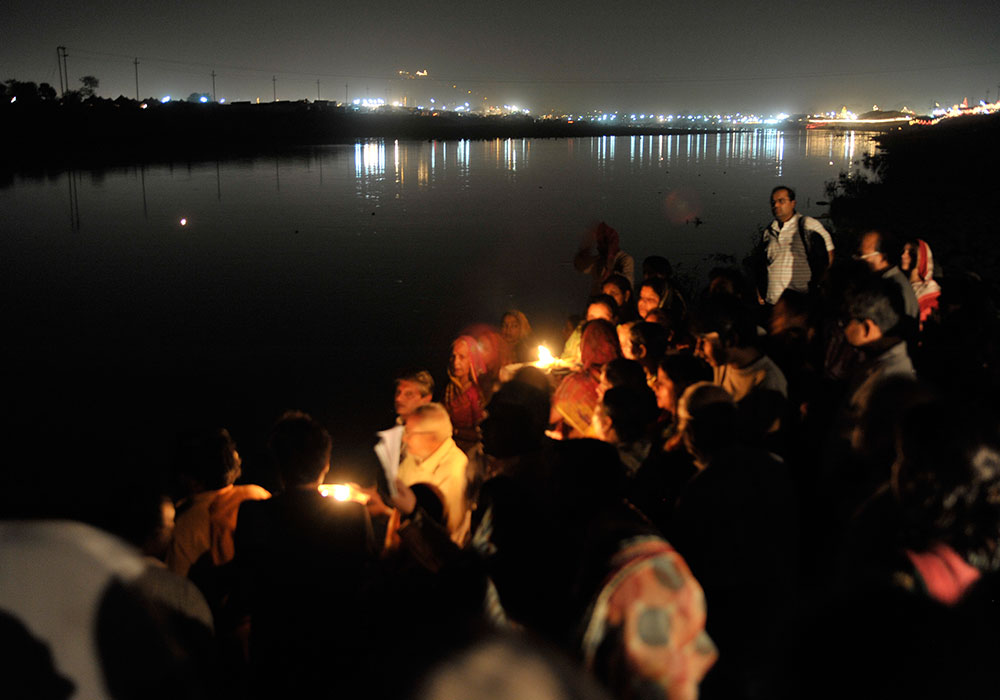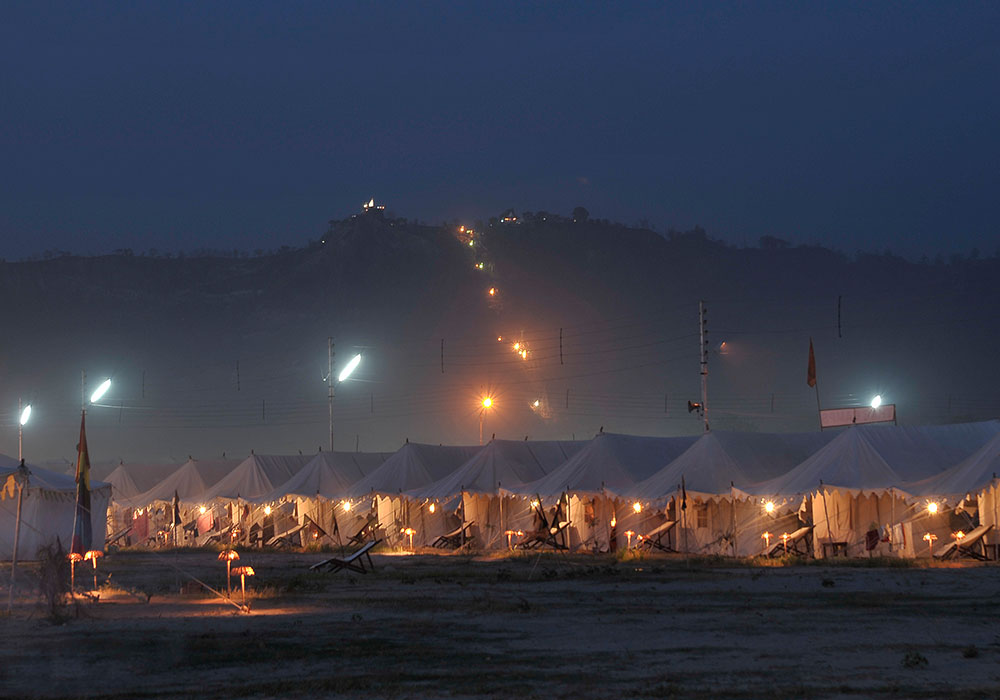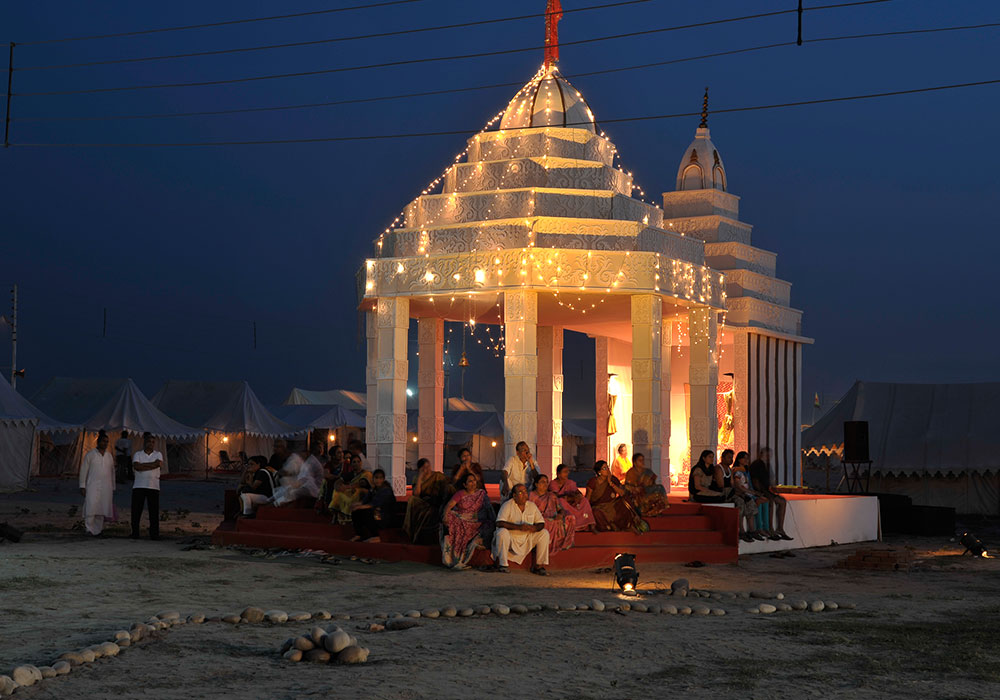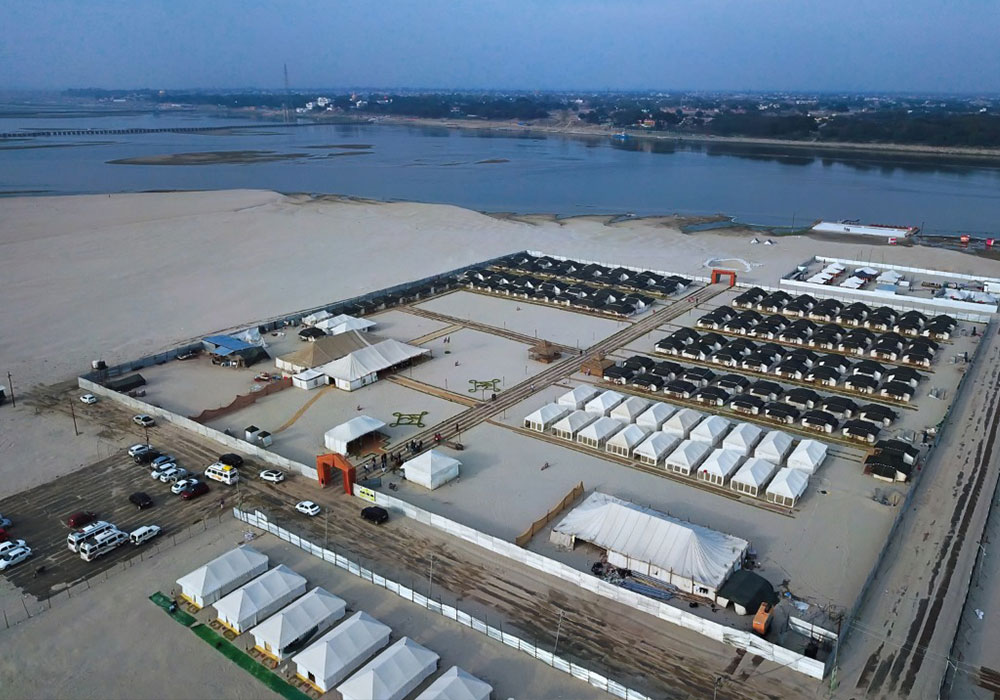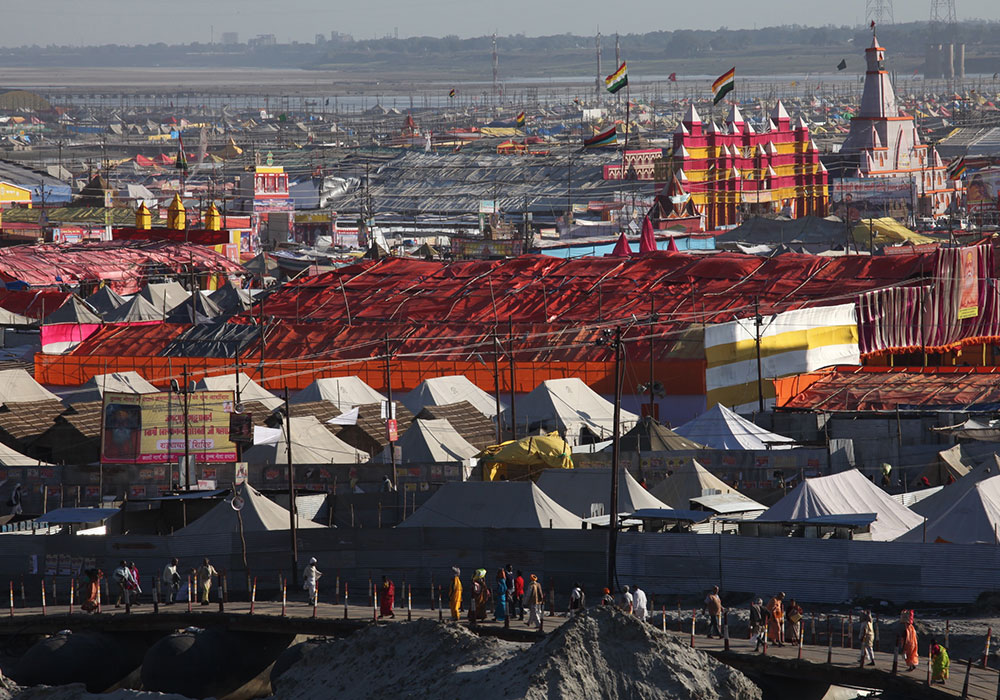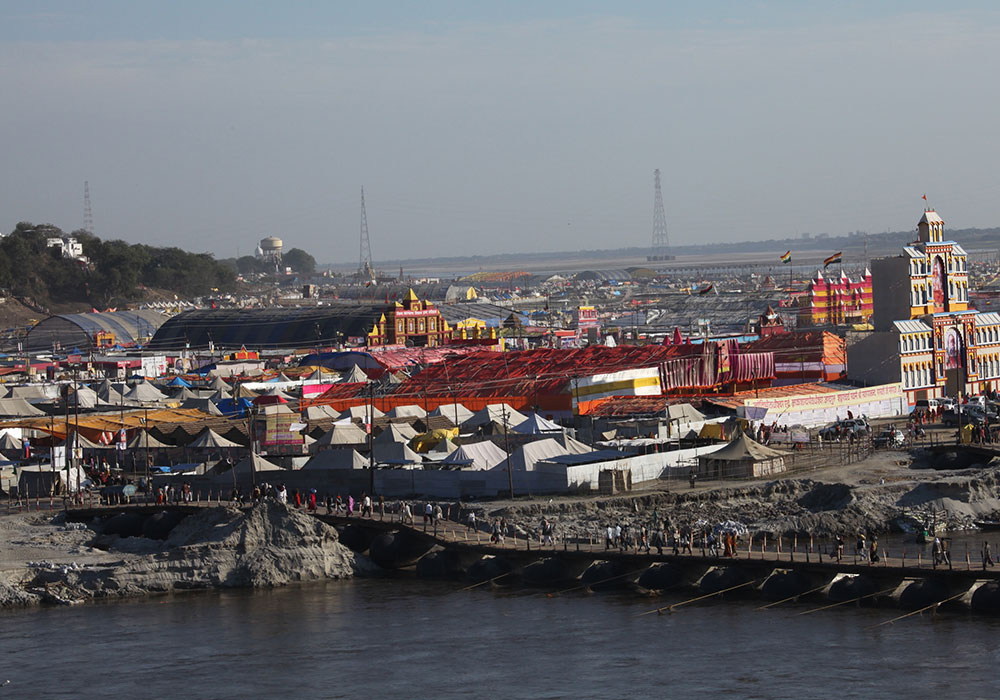- HOME
- ABOUT
- OUR GLAMPING RETREATS
- FAIR & FESTIVALS CAMP
- EXCLUSIVE GLAMPING
- EVENTS
- Mahakumbh Mela – Mythological Aspect
- Mahakumbh Mela – Astrological Aspect
- Eco Retreat Odisha – 2021 to 2026
- Ayodhya Tent City – 2024
- UP Investment Summit, Lucknow, Uttar Pradesh – 2023
- DefExpo, Lucknow, Uttar Pradesh – 2020
- Kumbh Mela, Allahabad, Uttar Pradesh – 2019
- Bird Festival, Chambal, Uttar Pradesh – 2015 to 2017
- Isha Yoga Centre, Coimbatore, Tamil Nadu – 2017
- Ragasthan Music Festival, Jaisalmer, Rajasthan – 2013
- Maha Kumbh Mela, Allahabad, Uttar Pradesh – 2013
- Kumbh Mela, Haridwar, Uttarakhand – 2010
- CWG, Surajkund, Harayana – Jungle Fowl Camp 2010
- Maha Kumbh Mela – Haridwar 2010
- Jungle Fowl Camp – Surajkund CWG 2010
- C4C (Cycling For Charity) – 2008
- Dental Checkup – Aagman india
- Check Dam Project with Rotary Club
- GALLERY
- CONTACT
Accommodation
Twin/Double beds with an extra bed facility available at an additional charge.
Washroom
Attached washrooms in all tents, running hot and cold water available in the morning and evening.
Meals
All meals will be served at dining/restaurant according to fixed timings.
Check In – Check Out
Early check-in and late check-out as per availability
Extra Service (On request post booking)
Sightseeing, packed breakfast, guides, pick-up and drop-off facilities from the airport is available.
Yoga / Spa
Rejuvenate your mind and body at the Yoga / Spa Session at Kumbh Mela
Boat Ride
Boat rides in the river are available for an additional charge.
Yugshala
Yugshala services are available at the camp.
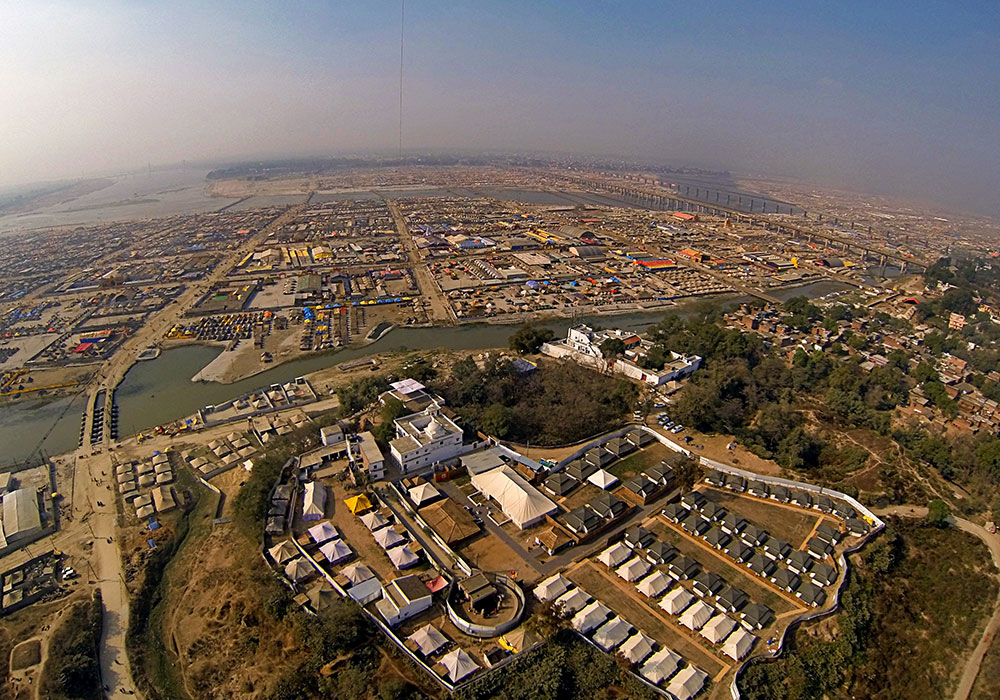
© Aagman India. All rights reserved • Powered By Talking Image
